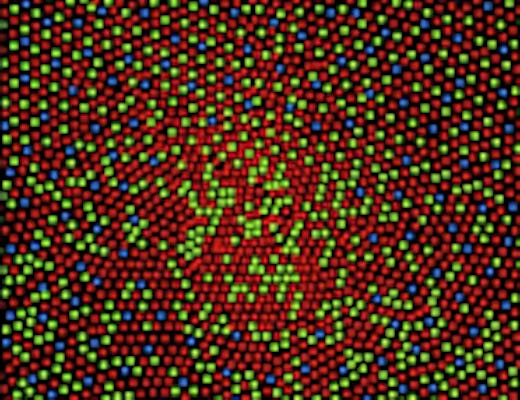What are Reflection Measurements?
The perception of color is primarily determined by two objective factors: the wavelengths of light that are reflected from a surface; and the color of the illuminating light. White light is a combination of lights of different wavelengths in the visible spectrum. A surface will absorb and reflect proportions of these wavelengths dependent upon its color, for example, vibrant red surfaces will absorb light of shorter wavelengths and reflect wavelengths of >700 nm. However, this assumes that the surface is uniform and defect-free.

Specular reflection measurements analyze the light that is rejected from a surface into a singular outgoing direction. The Law of Reflection states that the angle of an incident ray of light is equal to the angle of reflection; provided that the surface is smooth, glossy, and free of defects. Rough or matte materials tend to exhibit diffuse reflection when struck by incident light. This refers to the scattering of wavelengths in multiple directions and is associated with reduced color saturation and vibrancy.
Reflection measurements are ubiquitously used in product development and quality control (QC) for optical materials and devices such as plastic films, coated glass, and phosphor plates.
This article will explore the performance of reflection measurements in more detail.
Reflection Measurements: SCE vs SCI
The colorimetric characteristics of products are routinely assessed to maintain batch-to-batch consistency and support diagnosis of variations in production environments. These reflection measurements can be loosely divided into two subcategories: specular component excluded (SCE); and specular component included (SCI).
Reflection measurements operating on SCE methodology use a reflective probe at 45° to measure a surface’s true color irrespective of gloss. This uses a stable incident light source to illuminate the surface and measure reflectance across multiple angles. SCI reflection measurements, meanwhile, use a straight probe at 0° to measure color and gloss for total measurement of the surface’s appearance.
The latter method requires the integration of a light source to a reflective probe. SCE reflection measurements may
also use an optical fibre connection to ensure stability and
repeatability for true color analysis.

